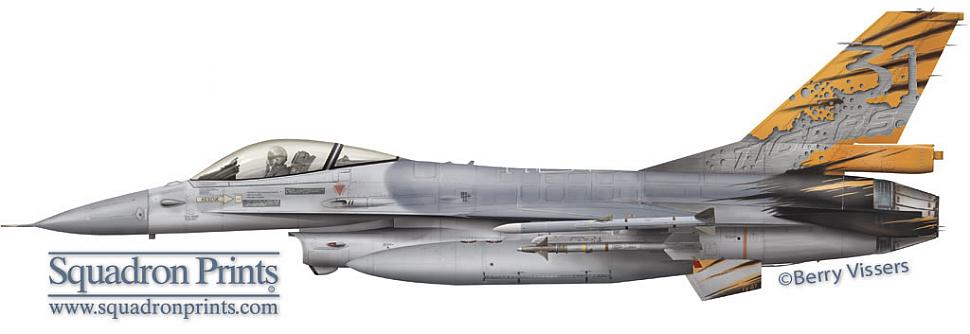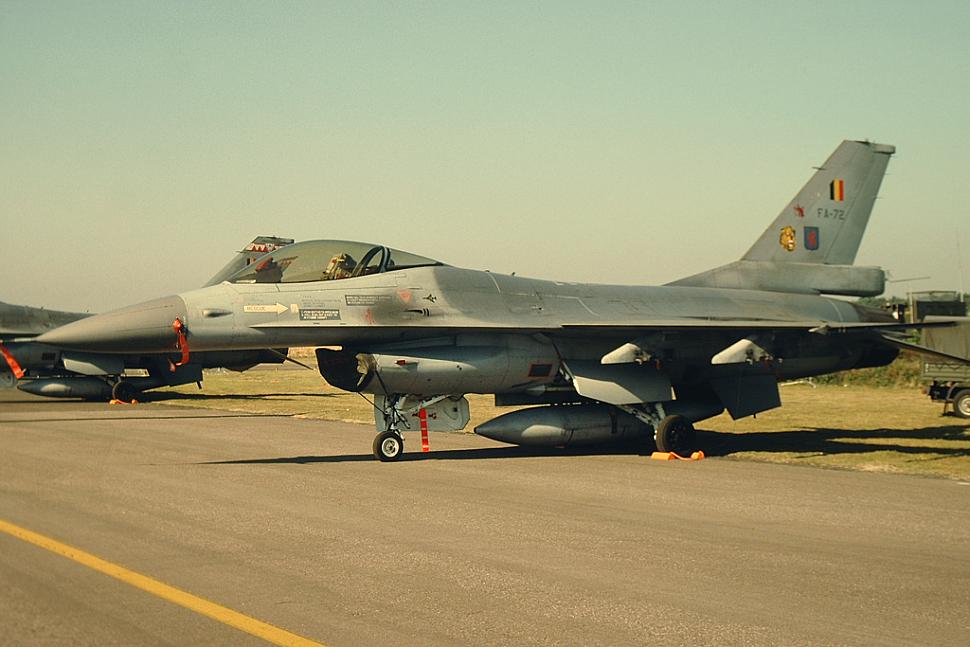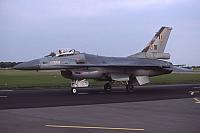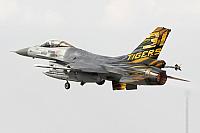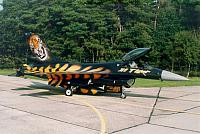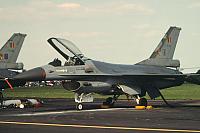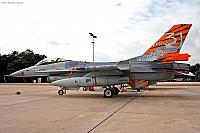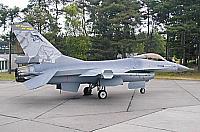 |
31st squadron ( BAF)" Tigers" |
 |
31 sqn " Tigers" ( BAF) | |||
| Status: |
Active
|
|||
| Version: | F-16A/B block 20 MLU | |||
| Role: | Multirole, Strike | |||
| Tailband: | N/A | |||
| Motto: | In Sanguine Vinum (Resoluteness is in our blood) | |||
| Badge: | A tiger's head with the motto on top and Belgian Air Force titles at the bottom. | |||
F-16 History
Operations on the F-16 started for the 31st squadron in 1982 when it converted from the F-104G Starfighter. The squadron has been a part of the 10th Wing for its entire lifespan. It has become one of the more famous squadrons in the BAF because of its Tiger mascot, often portrayed in special paint schemes. Infact it was a founding member of the famous NATO Tiger Association. This association unites all the NATO and partnership countries that have a Tiger as their mascot.
With the (almost) annual Tiger Meet, the squadron has been the winner of the Silver Tiger Trophy for 6 times over the past 40 years, marking the professionalism of the entire squadron.
With the first major restructuring after the end of the Cold War the squadron escaped the axe, although it lost 6 aircraft of its operational strength. Keeping 12 aircraft operational for NATO duty from 1996 onwards, just as all the other Belgian Air Force F-16 squadrons.
The squadron was also responsible for the strike role together with its sister squadron, the 23rd. Although a public secret, it is generally believed that Kleine Brogel AB hosts tactical nuclear devices of the B-61 type. This is a part of NATO deterrence which is still a key cornerstone of the alliances strategy till this day.
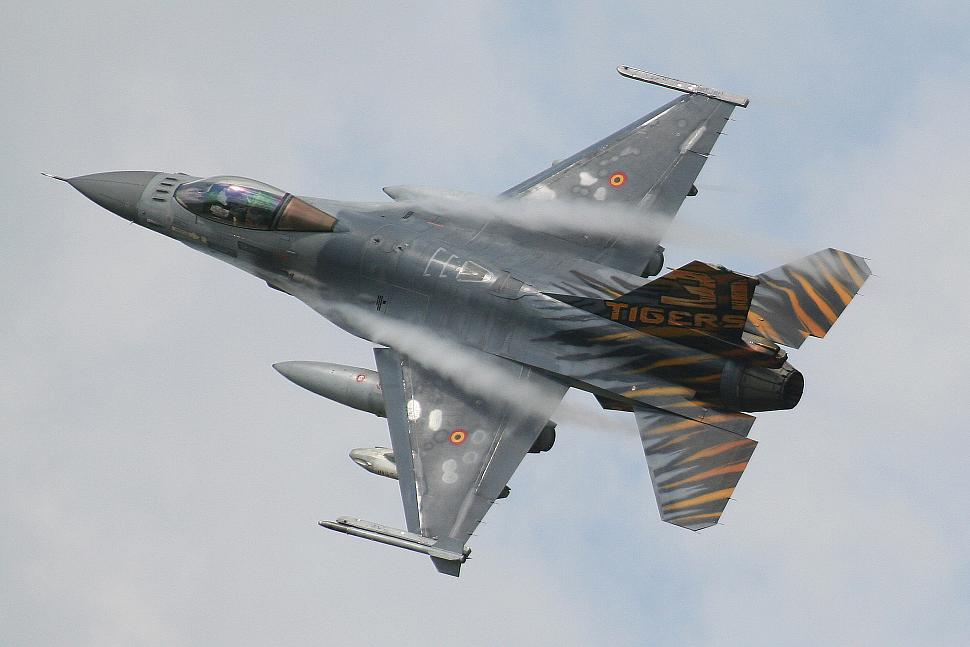
With the limited availability of fighters within the Belgian Air Force, it became apparent that all F-16s should be used in a swing-role concept. During the following years, 31 squadron was thus also converted from a pure air-to-ground squadron to a multi-role squadron also capable of performing air-to-air missions when it was required. Especially with the introduction of the MLU version of the F-16 in late 2002, the capabilities of the squadron in the different domains grew drastically. This update provided some state-of-the-art technology with the introduction of BVR missiles and precision-guided air-to-ground weapons like the AGM-65 missile and GBU-type weapons.
In 2002 the last major reorganization took place. Because of the fact that all squadrons had a multi-role task at that time, it proved more efficient to have 18 aircraft in every squadron. With the disbandment of the 23rd squadron within the 10th Wing, 31 squadron received half of its 12 airframes, thus having 18 F-16s at their disposal again.
Unfortunately, the increase in aircraft made available was quickly changed when in late 2003 the Belgian government announced a further reduction of the F-16 fleet as part of a cost reducing effort for the armed forces. This will mean that 31 squadron will loose 1/3rd of their F-16s again and will keep 12 planes operational in 2015.
In the meantime, the updates on the F-16 airframe keep going on. Installing new mission software makes it possible to introduce new weapon systems like new short range A/A missiles, Link 16, HMCS and new precision guided weapons like the JDAM and JSOW. These weapons will be introduced with the Belgian Air Force in the following years and will further enhance the squadron's capacities.
Aircraft Markings History
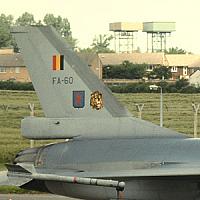
The tail markings compromised a tiger's head and a red lion on a blue background (10 W logo) both drawn under the Belgian flag.
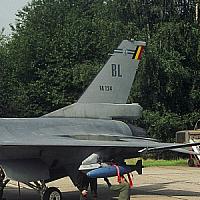
A tailband was introduced in a gray format with the tiger's head in the center. The Belgian flag was moved from the tail center to the top of the rudder with its place being taken by the 'BL' marking of Kleine Brogel AB. This was only a temporary marking that wasn't painted on all aircraft and ultimately wasn't accepted by the Air Force staff.

All squadron logos of the Belgian F-16s have been removed after the MLU conversion.
Unit History
- 1951: Activation of the squadron in Beauvechain
- 1951: 'Spitfire' Mk. XIV
- 1951: 'Spitfire' Mk. XIV (Chièvres, part of 10 Wing)
- 1952: Deactivated for 1 year
- 1953: F-84G 'Thunderjet' (Kleine Brogel)
- 1953: F-84G 'Thunderjet' (Geilenkirchen [Germ.])
- 1953: F-84G 'Thunderjet' (Brüggen [Germ.])
- 1954: F-84G 'Thunderjet' (Kleine Brogel)
- 1956: F-84F 'Thunderstreak'
- 1964: F-104G 'Starfighter'
- 1983: F-16A 'Fighting Falcon'
- 2002: F-16AM 'Fighting Falcon'
Deployments
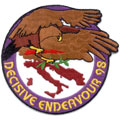 |
' Decisive Endeavour' |
| Villafranca AB, Italy (start operation to December of 1996) | |
| From the start of the Belgian Air Force F-16 operations in former Yugoslavia till December of 1996 it was part of 'Decisive Endeavour'. This was an operation in support of the UN-led IFOR troops stationed in Bosnia-Herzegovina. | |
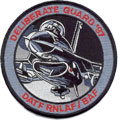 |
' Deliberate Guard' |
| Villafrance AB, Italy (December of 1996 to June 20th, 1998) | |
| When the UN forces in Bosnia-Herzegovina changed their mandate resulting in a name change from IFOR to SFOR, also the air operations were given another name. Ultimately, 'Deliberate Guard' formed the air asset for the SFOR troops. | |
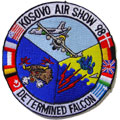 |
' Determined Falcon' |
| Villafranca AB, Italy (June 15th, 1998 to June 16th, 1998) | |
| Operation 'Determined Falcon' was a one-day operation to show force over Kosovo and Albania. NATO fighters patrolled this airspace coming only within 10nm of Serbian territory. This operation was meant as a warning to Serbian politicians to stop the bloodshed in this Yugoslavian province. | |
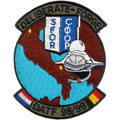 |
' Deliberate Forge' |
| Amendola AB, Italy (June 20th, 1998 to end operation) | |
| Operation 'Deliberate Forge' was the successor of operation 'Deliberate Guard'. When the SFOR troops were reorganized into a smaller force, the covering air campaign also received a new name. This operation continued until the end of Belgian Air Force operations in Yugoslavia, which ended in the summer of 2001. | |
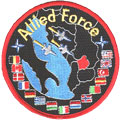 |
' Allied Force' |
| Amendola AB, Italy (March 23rd, 1999 to June 10th, 1999) | |
| Operation 'Allied Force' was the codename for the almost three month long air strikes against Serbia. 31 sqn wasn't yet equiped with the MLU F-16 and only flew air support sorties during the conflict. | |
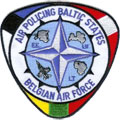 |
' Air Policing Baltic States' |
| Siauliai AB, Lithuania (March 30th, 2004 to June 30th, 2004) | |
| This operation started when Lithuania, Estonia and Latvia joined NATO. These countries don't have fighters themselves and rely upon NATO for their air coverage. In a three-month rotation Belgian F-16s will patrol the skies over the Baltic States. | |
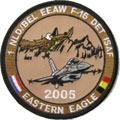 |
' ISAF - Eastern Eagle' |
| Kabul AB, Afghanistan (July 14th, 2005 to January 14th, 2006) | |
| As a reinforcement for the ISAF air asset, the Belgian government decided to station 4 F-16s at Kabul AB together with the same number of Dutch aircraft to secure the parliamentary elections of September 2005. The initial four-month deployment was eventually extended to 6 months. | |
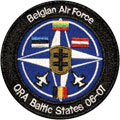 |
' Air Policing Baltic States' |
| Siauliai AB, Lithuania (December 1st, 2006 to March 31st, 2007) | |
| This is the second deployment of the Belgian Air Force to the three Baltic states (Lithuania, Estonia and Latvia). This time a four-month rotation will see the Belgian F-16s patrol the skies over the Baltic States. | |
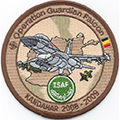 |
' ISAF - Guardian Falcon' |
| Kandahar AB, Afghanistan (January 1st, 2009 to August 31st, 2009) | |
| In the summer of 2008 the Belgian government decided to step up and Join the NATO effort in Afghanistan with F-16 fighters. A total of 4 fighters were dispatched who strenghtened the Dutch contingent. The Belgian operation was called Guardian Falcon. The first rotation was done by the 2nd Wing. | |
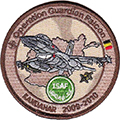 |
' ISAF - Guardian Falcon' |
| Kandahar AB, Afghanistan (May 1st, 2010 to December 31st, 2010) | |
| This marked the second deployment of the squadron in the Guardian Falcon rotational deployments. By this time the detachment had risen to 6 aircraft being deployed. | |
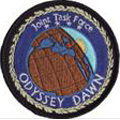 |
' Odyssey Dawn / Unified Protector' |
| Araxos AB, Greece (March 23rd, 2011 to October 31st, 2011) | |
| When the sisterunit - 349 squadron - was on the first line to start with the Libyan intervention the 31st was soon called upon to supply personnel and equipment to boost the effectives. | |
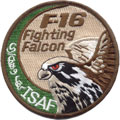 |
' ISAF - Guardian Falcon' |
| Kandahar AB, Afghanistan (September 1st, 2011 to December 31st, 2011) | |
| OGF X was a shorter deployment of the squadron. This was due to the ongoing operation in Libya. | |
 |
' ISAF - Guardian Falcon' |
| Kandahar AB, Afghanistan (May 1st, 2012 to December 31st, 2012) | |
| Not long after the Libyan operation the squadron was tasked with another deployment into Afghanistan. | |
 |
' ISAF - Guardian Falcon' |
| Kandahar AB, Afghanistan (September 1st, 2013 to April 30th, 2014) | |
| Another rotation into Afghanistan. These missions are always conducted together with the sister squadron, the 349th. | |
 |
' Air Policing Baltic States' |
| Siauliai AB, Lithuania (September 3rd, 2013 to January 2nd, 2014) | |
| Together with the deployment in Afghanistan the squadron was tasked with yet another mission to protect the Baltic States. | |
 |
' ISAF - Guardian Falcon' |
| Kandahar AB, Afghanistan (September 1st, 2014 to September 27th, 2014) | |
| This marked the final rotation of the squadron into Afghanistan. It was originally planned to end this mission at the end of October, but in the end the F-16s were withdrawn in late September as tensions in the Middle East rose and another deployment was more imminent than this one. This mission marked the end of 6 years of Belgian F-16 presence in Afghanistan. | |
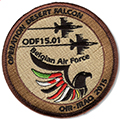 |
' OIR - Desert Falcon' |
| Al Azraq AB, Jordan (September 26th, 2014 to June 30th, 2015) | |
| The first rotation to fight against DAESH - IS. This rotation was executed with 6 F-16s coming from all 4 Belgian squadrons changing pilots and ground personnel over the entire deployment period. | |
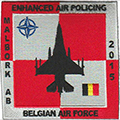 |
' Enhanced Air Policing' |
| Malbork AB, Poland (January 3rd, 2015 to August 31st, 2015) | |
| From 2015 onwards the number of locations for air policjg in Eastern Europe was expanded not only to include the Baltic States. Belgium sent 6 F-16s and a crew of 120 to support this mission. Al 4 squadrons rotated into Poland. |
F-16 Airframe Inventory
- All 31 sqn F-16s in our F-16 Aircraft Database (past and current aircraft)
- Current 31 sqn F-16s in our F-16 Aircraft Database
Photos
Hi gents,
I'm a former sqn pilot of the 31st SQN, and many operations (Inherent Resolve - Ops Desert Falcon) are missing; and the sqn's "motto" is translated wrongly, in Latin it means literally "In the blood (of my enemy) we find our wine (pleasure)" or more poetic: "May the enemies blood be our wine"
Greetings,
Patch
Please use this form to add any list any error or omissions you find in the above text.
Note: your comments will be displayed immediately on this page. If you wish to send a private comment to the webmasters, please use the Contact Us link.

